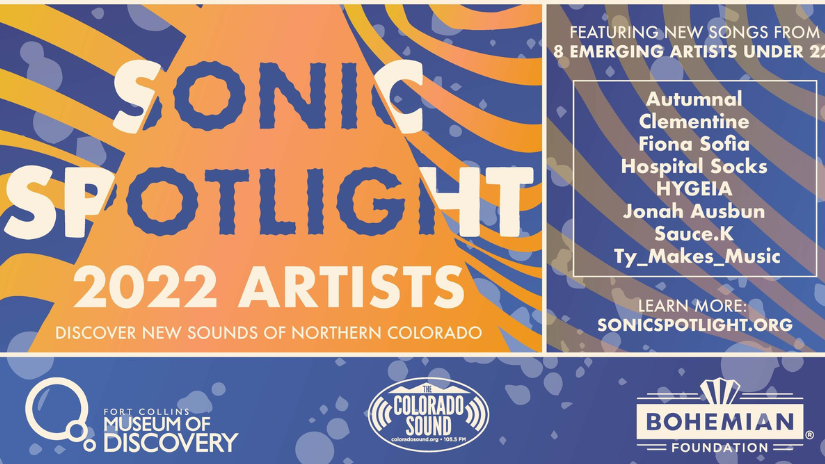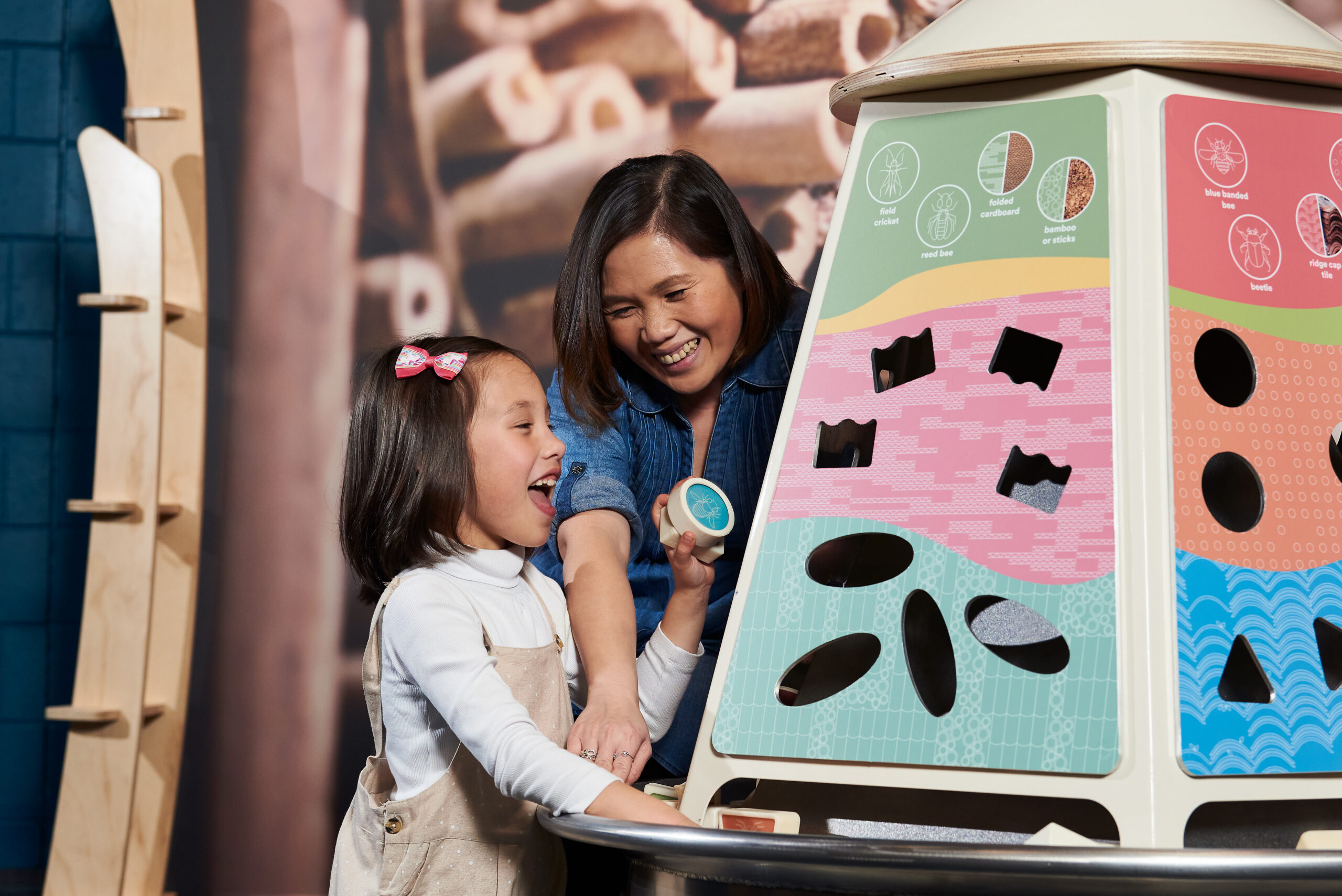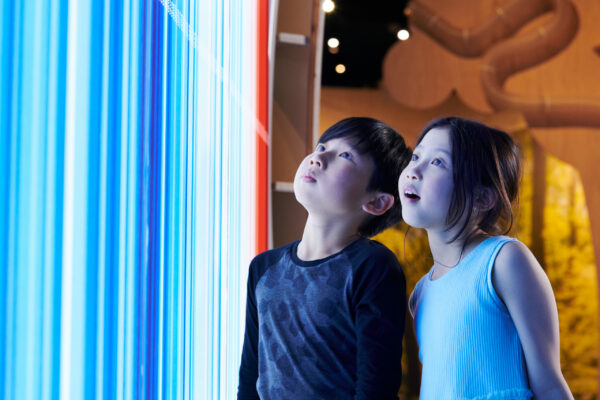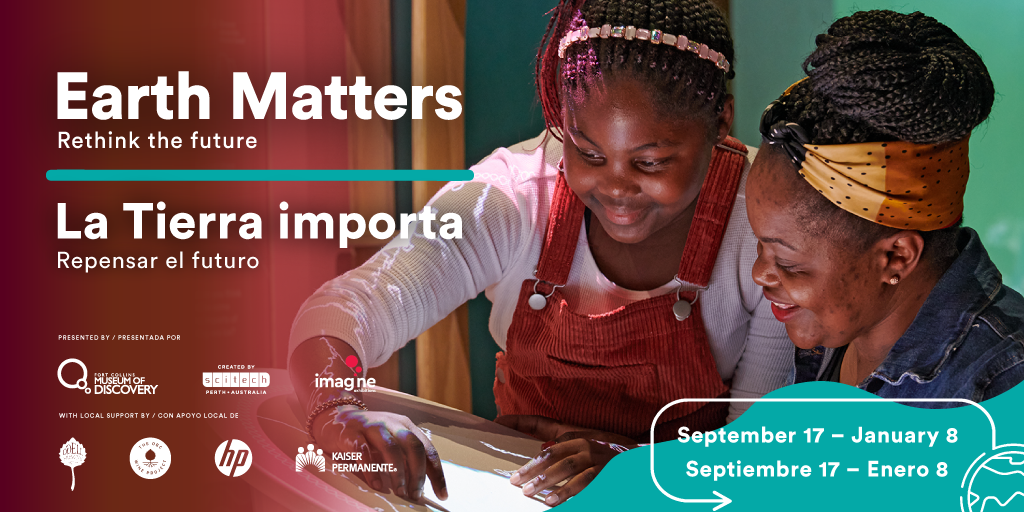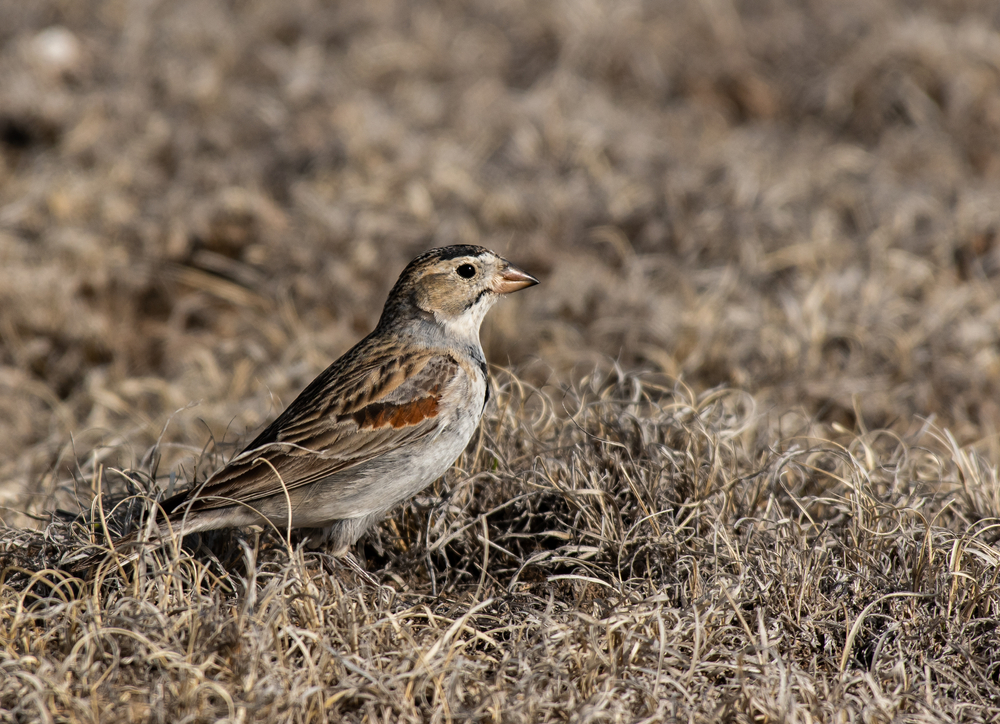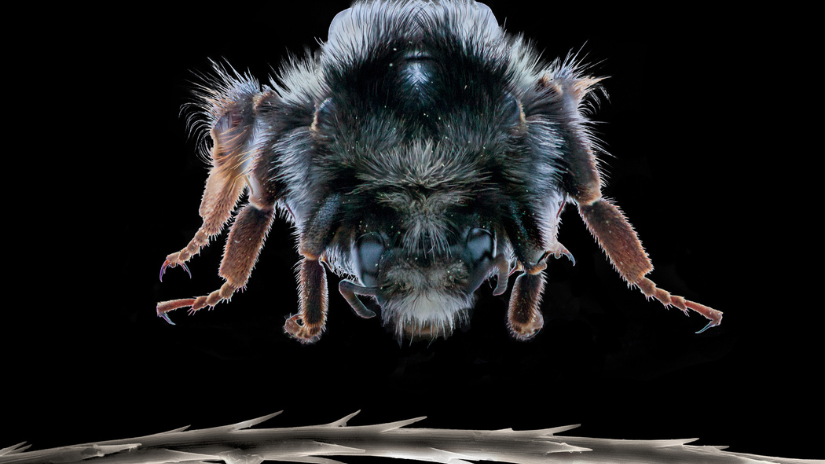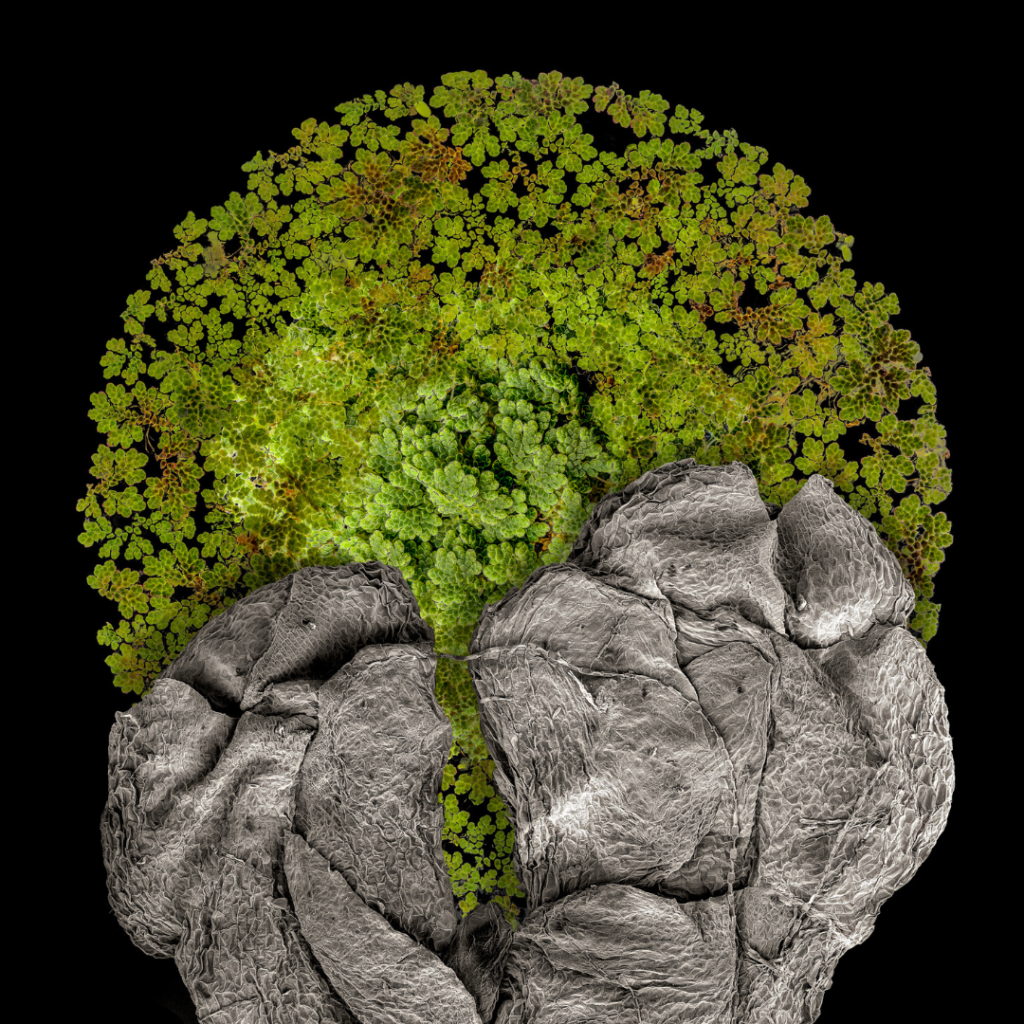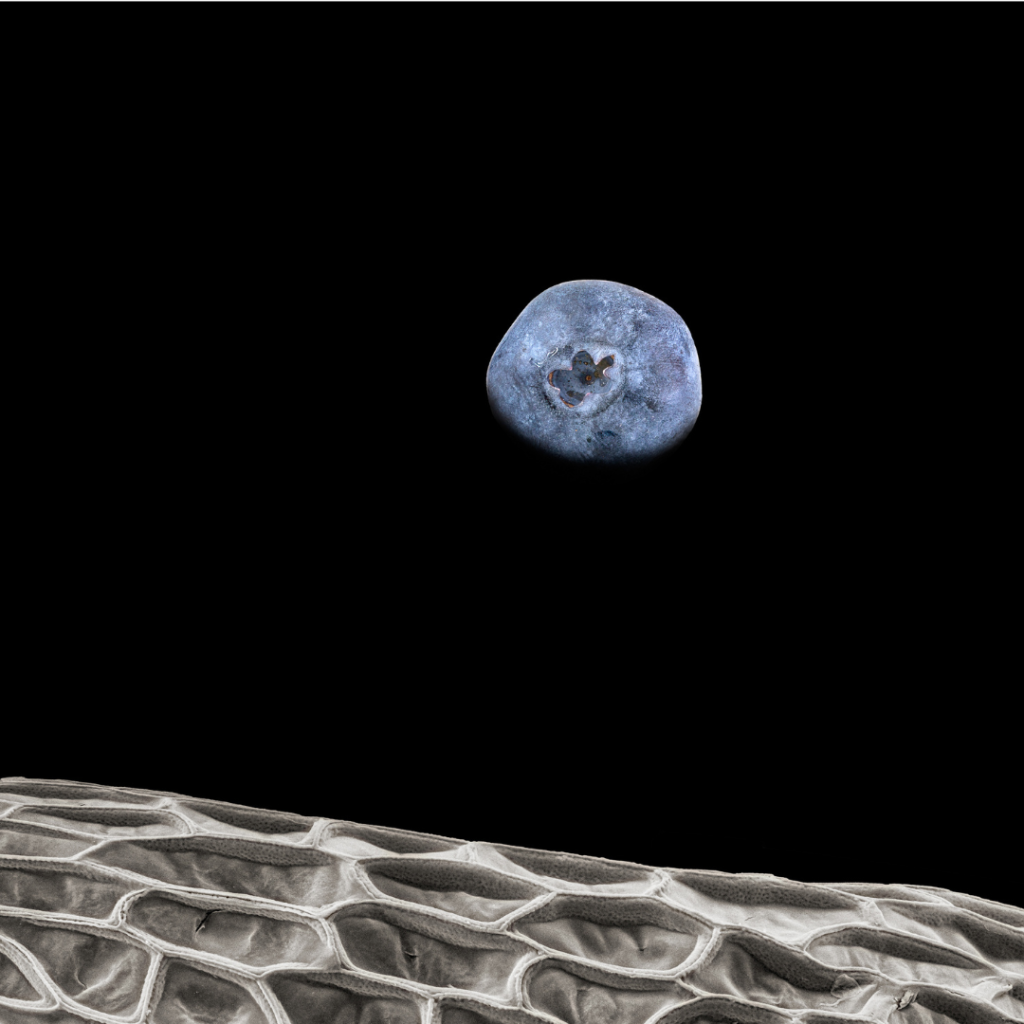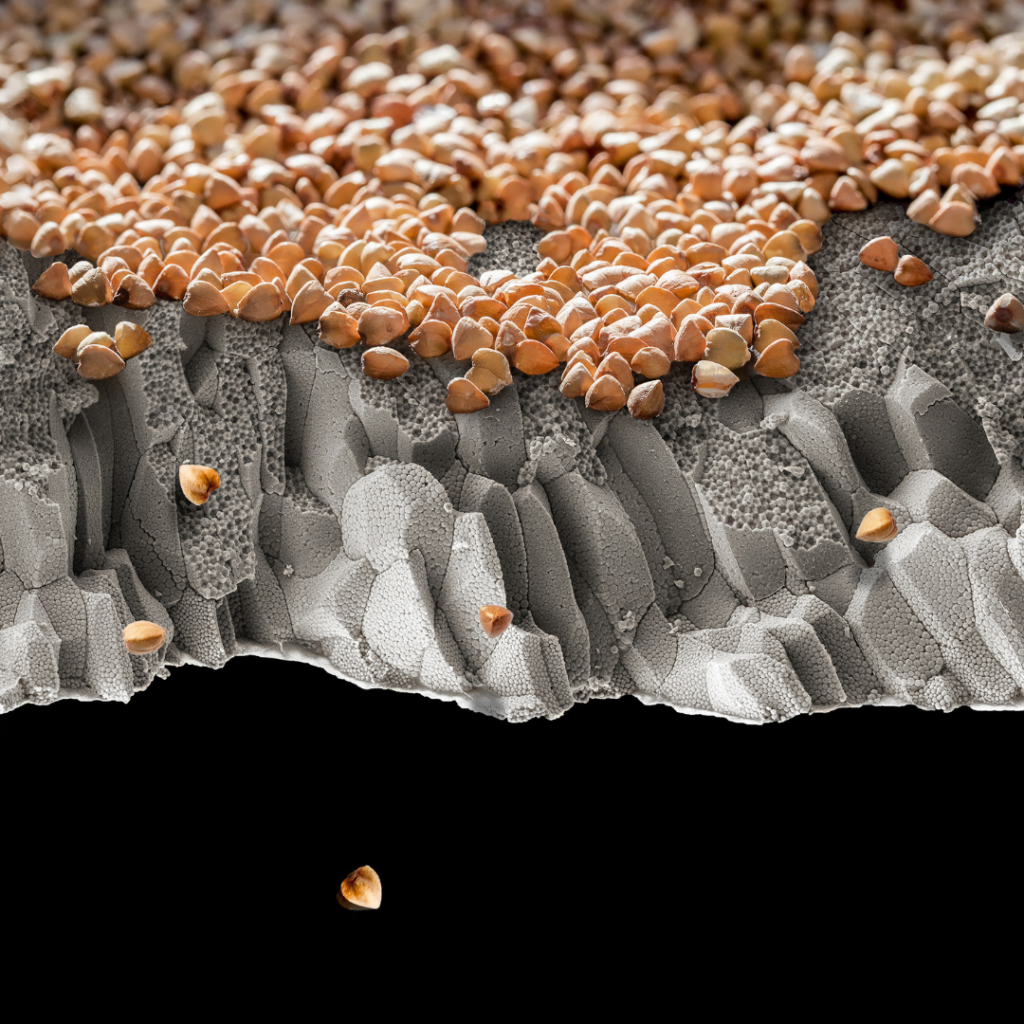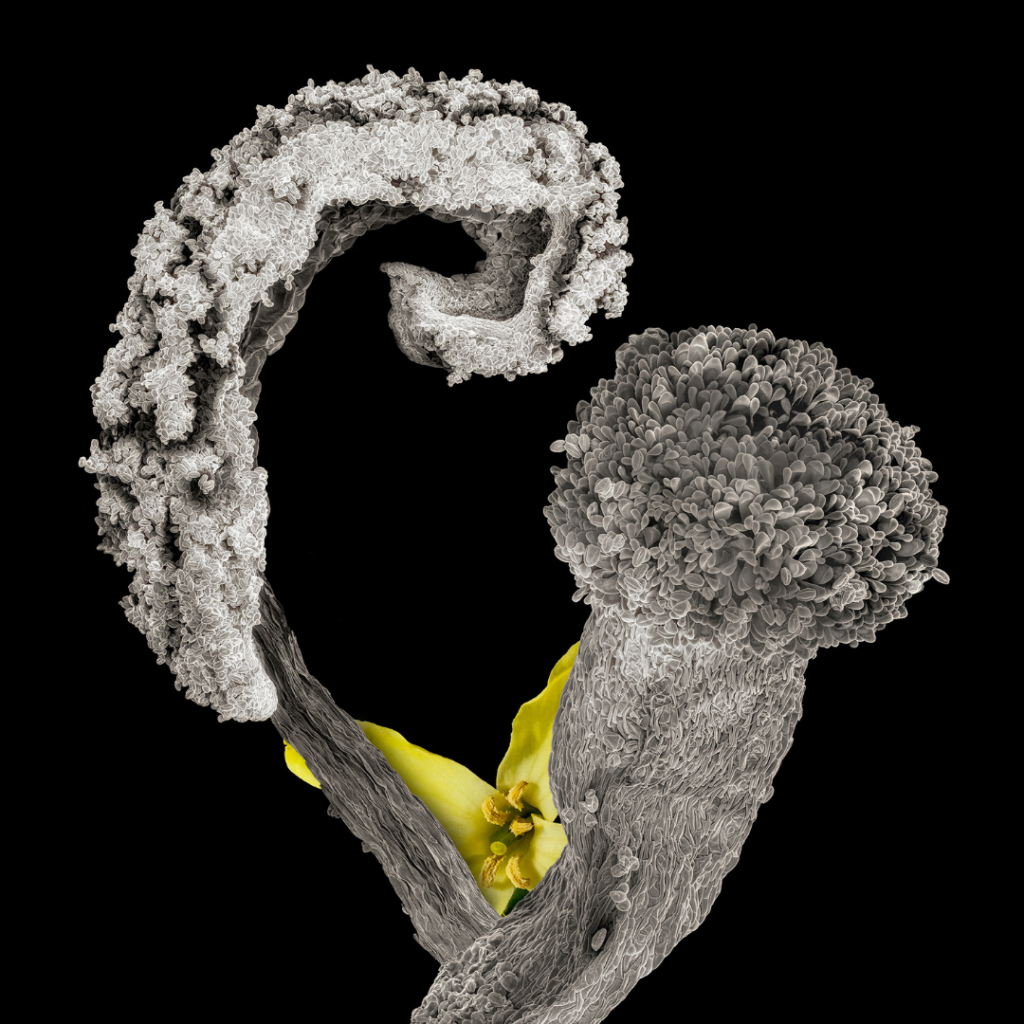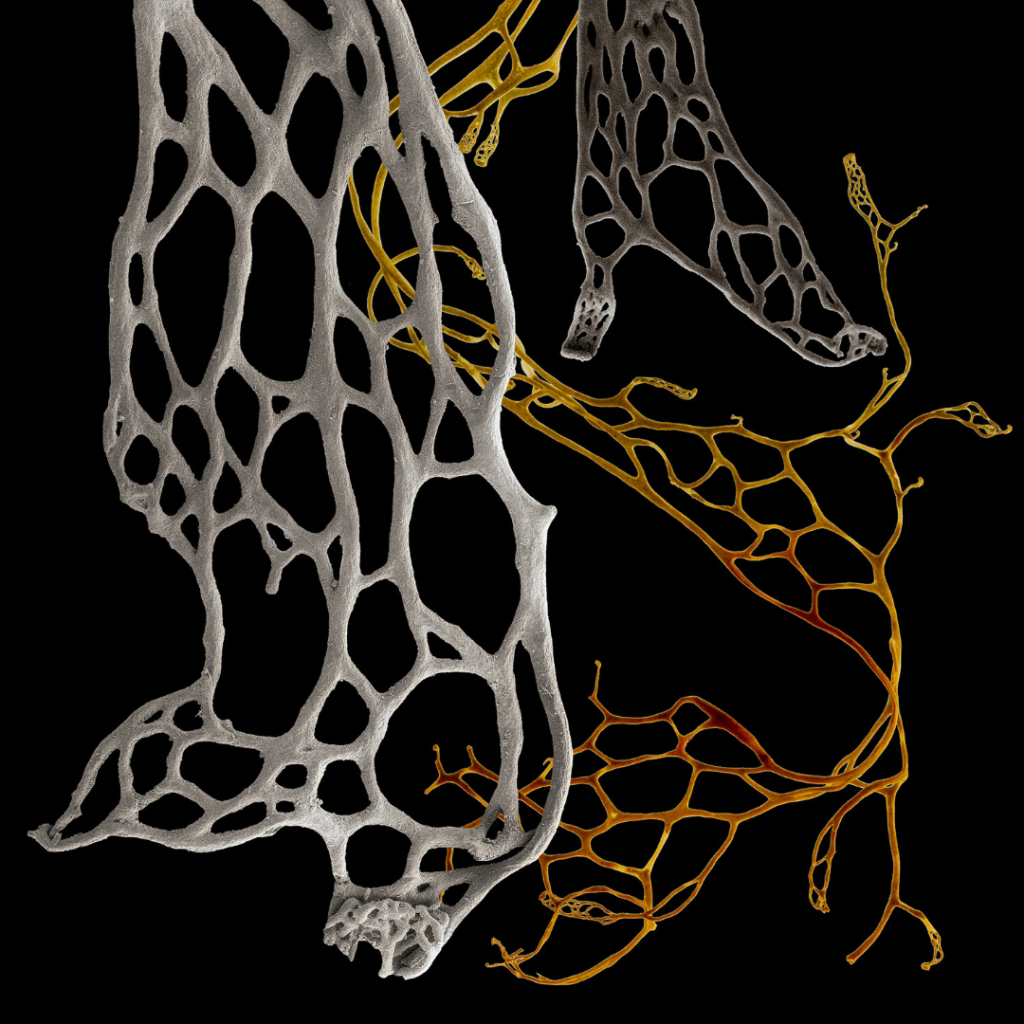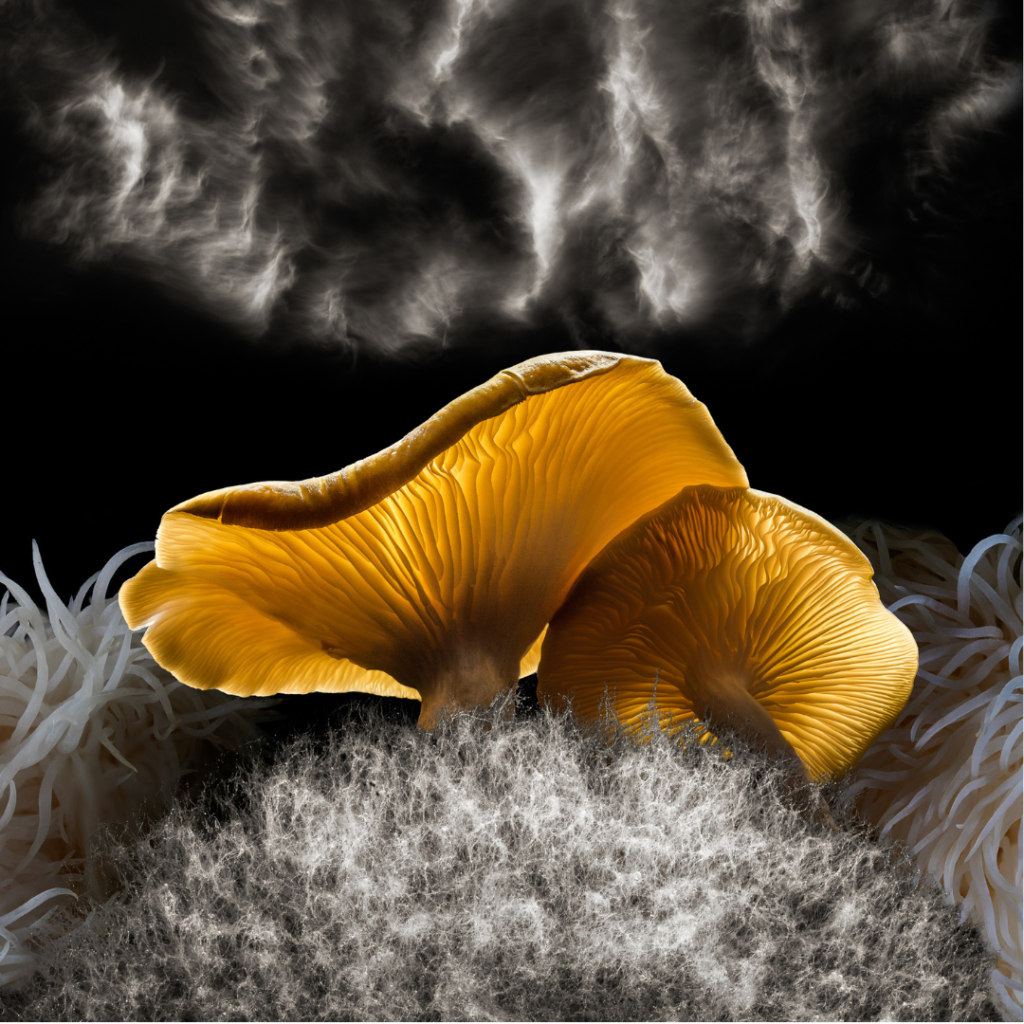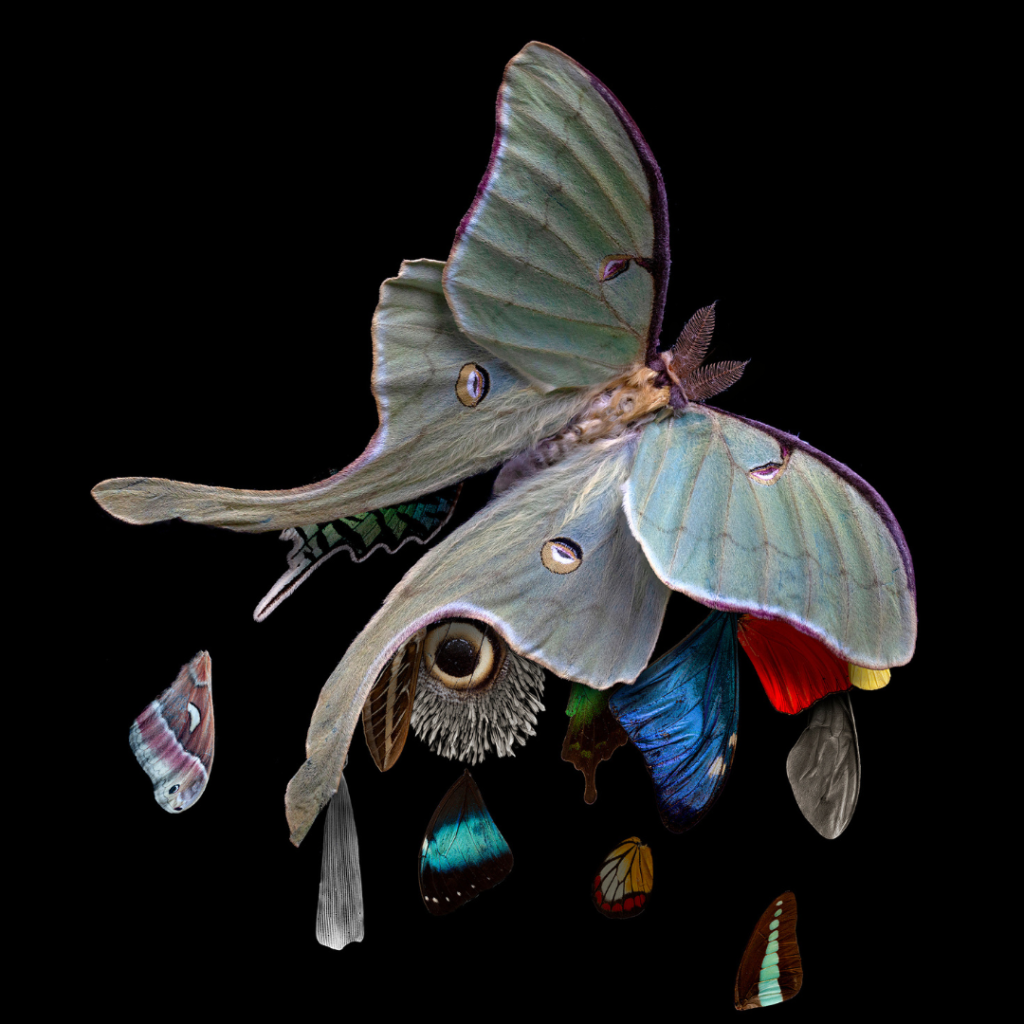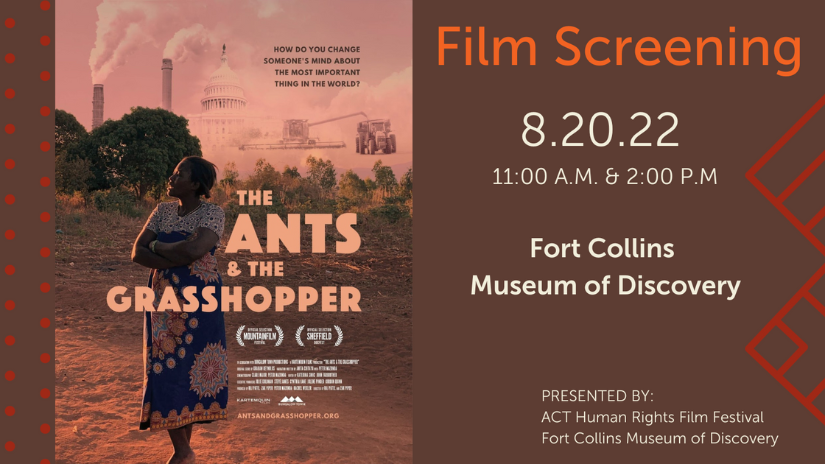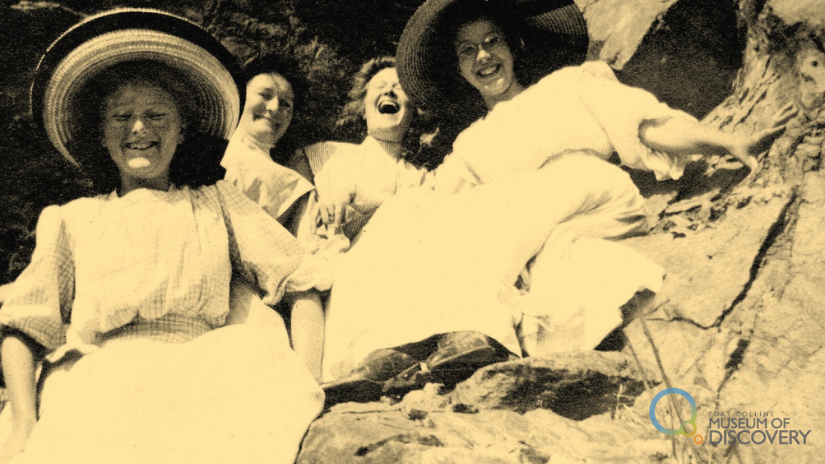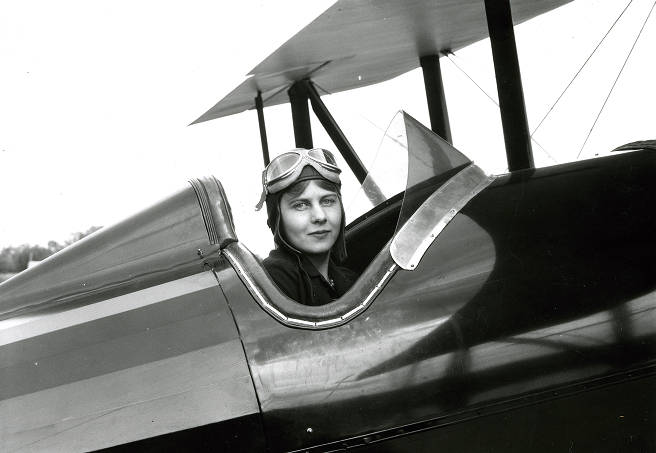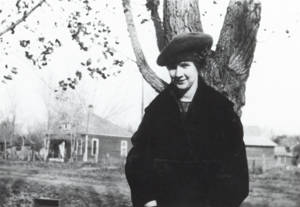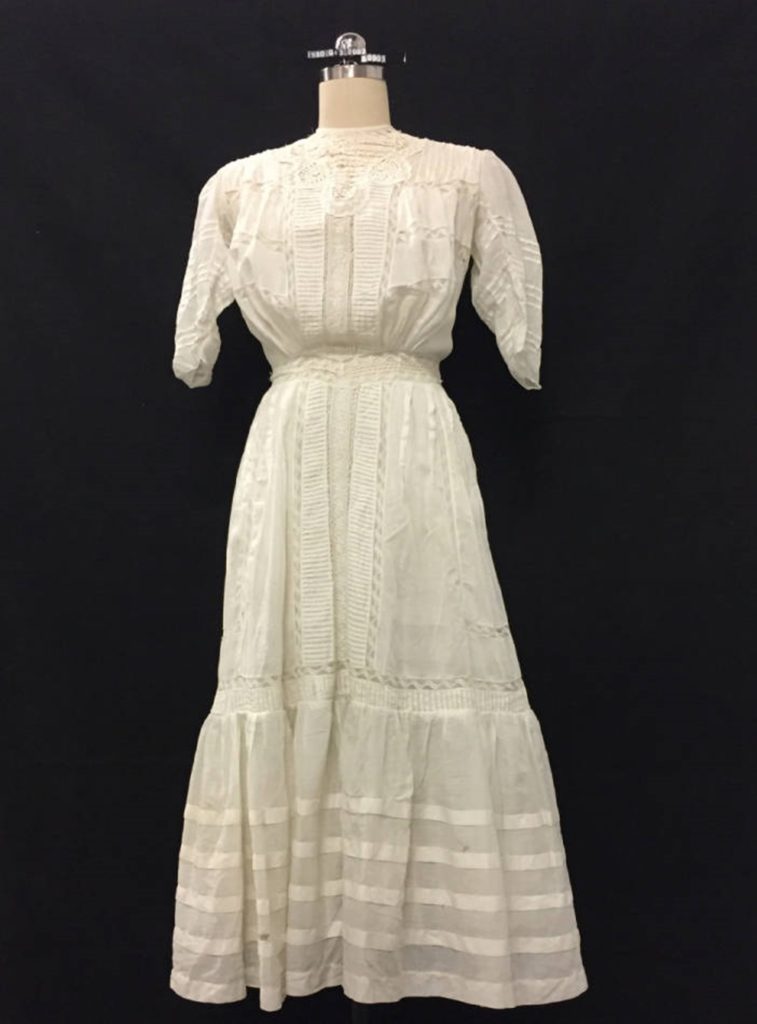If you’ve checked out our Animal Encounters Zone recently, you’ll have come across a vibrant tribe of animals of all sorts. From bees to snakes to local fish and turtles, it’s a fun spot with members of the animal kingdom. Now, every fourth Saturday from 10 to noon, the Animal Encounters team will be leading special programming in the museum.
Let’s catch up with Alexa, who makes the whole thing shine!
Hi Alexa! You do such a great job with our Animal Encounters department! Might be a silly question, but how are the animals doing?
Thank you! The animals are doing great right now!
For those who haven’t visited Animal Encounters recently, can you give us a broad overview of what we can see and learn there and what it takes to keep such a vibrant part of our museum functioning?
In the Animal Encounters Zone at FCMoD, our visitors can see a pretty wide variety of animals from all over the world! We have a lot of arthropods – like the Emperor scorpion, the Chilean rose tarantula, and the Blue death-feigning beetles. We also have several amphibians, including the official Colorado state amphibian, the Tiger Salamander. There are some reptiles, like our Ball python, “Slinky,” and our Ornate box turtle, “Tara.” We have a big tank full of native Colorado fishes. And we have the ever-inquisitive, ever-adorable rats.
All of our animals require daily husbandry care to make sure that they are healthy. Each kind of animal requires different care though – when and what they eat, what kind of cleaning is necessary, common health problems to watch for, what kind of activities they need to keep alert and engaged. Our Animal Encounters staff needs to know about each animal’s native environment and diet, so we can replicate it in the tanks at the museum. We also need to know what kind of behavior to expect for each animal, so we can spot when they don’t feel well. The animal care all takes place before the museum opens, and happens every day of the year – even Christmas!
Almost all of the animals that we have at FCMOD are available through commercial pet trade. (The primary exception being the native fish, which require permitting.) If you are considering getting an unusual pet but don’t know how to take care of it, you can always visit the museum to check out our setup to keep the animals healthy and happy.
You all just recently started up with “Meet the Animals” programming. Can you tell our visitors a little more about that and what makes our animals so cool to meet?
We are now hosting a Meet the Animals program from 10 a.m. to noon on the fourth Saturday of every month! At each MTA, staff will have some of the museum’s animals out of their tanks so you can see them close up. Some of them you can even pet! Have you ever wondered what the Leopard gecko’s skin feels like? Now you can find out for yourself!
One of my favorite parts of MTA is that not only do you meet the animal – the animal meets you too! When you get to see one of our rats close up without the tank glass between you, you can see how she wiggles her whiskers and sniffs her nose to figure out what kind of person you are.
How does working with animals like this fit into your background and passions?
I have always been interested in all the living things around me! My parents supported me with some more unusual pets as I was growing up – including a couple Ball pythons (just like Slinky!) and a pet Black widow spider. As an adult, I love traveling to new places and seeing what kind of animals have adapted to live there. I recently got to see sea otters and Coastal brown bears in Alaska. (So cool!)
I have spent a lot of time volunteering with different organizations to take care of animals and improve the human-animal relationship, including the Rocky Mountain Raptor Program and the Clearwater Nature Center. I enjoy learning about new animals, their native environment, and the challenges that they face. And I am glad to share what I learn – once you see how adorable a Tiger salamander is (just check out his googly eyes and his smile!), and then learn how susceptible they are to water pollution, won’t you be more careful about what gets into the water supply?
What does it take to keep animals enriched and happy? Take us a little bit behind the scenes.
Do you ever get bored? No project to work on, no book to read, no TV show to watch? The animals can get bored too. We provide something called enrichment to our animals, where we offer things to make each animal more engaged and curious. For a rat, for example, that could be a puzzle where they have to figure out how to find the kibble inside. For the gecko, it could mean offering a new material in his tank, like dirt or wet moss. Having something new to explore keeps the animals mentally healthy and rewarded.
I think this is an important thing for any animal to have, so I even offer enrichment to my pet cats at home! I like to hide kibble around the house for them to find, or put it in puzzles that they have to figure out. Cats and dogs both respond really well to learning new games (and getting treats in the process), so you might try it at home with your furry friend.
The beehive is going gangbusters I hear! Who are we working with there and how do they do such a good job?
The museum has a partnership with Copoco’s Honey, a local beekeeping and honey company in Fort Collins. Beekeepers from Copoco’s regularly visit the museum to check on how the bees are doing. They like to look at how the bees are behaving (or should I say, bee-having?), for anything in the hive that might need fixing, and for any signs of illness in the bees. They always look for the queen bee to make sure she’s still healthy, and for all stages of life for the thousands of worker bees (egg, larva, pupa, and adult). I am not a professional beekeeper, but I love getting to watch and help out when they go over the hive. The last time they were here, I got to see some brand new adult bees chewing their way out of their cells!
You also partner with the American Fisheries Society. Can you tell us more about that rewarding work?
The American Fisheries Society is a student club at CSU for college students interested in fish and other aquatic life and activities. The AFS provides FCMOD with all of our native Poudre River watershed fishes. Going out in the river and sampling (collecting live fishes) is a great experience for these students as they work on becoming fisheries professionals.
Do you love all the animals equally, or do you have a favorite and why? Mine is the python!
My favorite animal is always the one I am working with at the moment! However, I am especially partial to the White’s tree frogs, the Fancy rats, and the Ornate box turtle. They are all extra-good at being memorably adorable.
Thanks! Is there anything I should add or I left out?
For those of you wondering about my grammar in using “fishes” as a plural instead of “fish,” there is a difference! “Fish” is used when you have many individual fish of one species. “Fishes” is used for multiple individual fish from a variety of species.
Continue Reading

